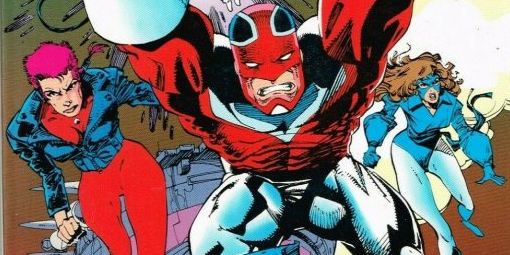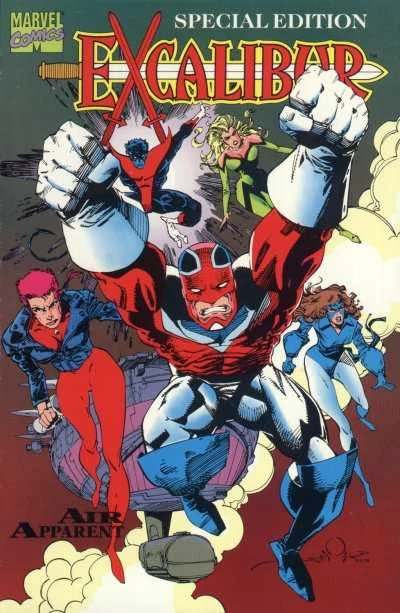Excalibur Special Edition
“Air Apparent”
Writer: Scott Lobdell
Pencils: Ron Lim, Brian Stelfreeze, Dwayne Turner, Jackson Guice, Rick Leonardi, Erik Larsen, and James Fry
Inks: Al Gordon, Karl Story, Klaus Janson, Tom Palmer, Josef Rubenstein, Erik Larsen, and Don Hudson
Colours: Glynis Oliver, Dana Moreshead, Ariane Lenshoek
Letters: Michael Heisler and Steve Dutro
Editors: Terry Kavanagh and Mark Powers
Original publication date: December 1991
A legally binding Twitter poll said we had to cover Excalibur: Air Apparent, and we are very law-abiding citizens so here we are, giving you an hour and fifteen of smart talk about a comic that coulda been smarter but hey, at least some of the pictures are nice! Comics scholar Zachary J.A. Rondinelli, creator of the award-winning “Welcome to Slumberland” project, joins us to hash out what work, what doesn’t and why in this visual extravaganza spotlighting seven leading artists of the era—including one who’d be leaving for Image next week. Topics include multimodal forms, transactional reading practices, the many meanings of excess, and what the heck is up with Scott Lobdell’s writing of Rachel.
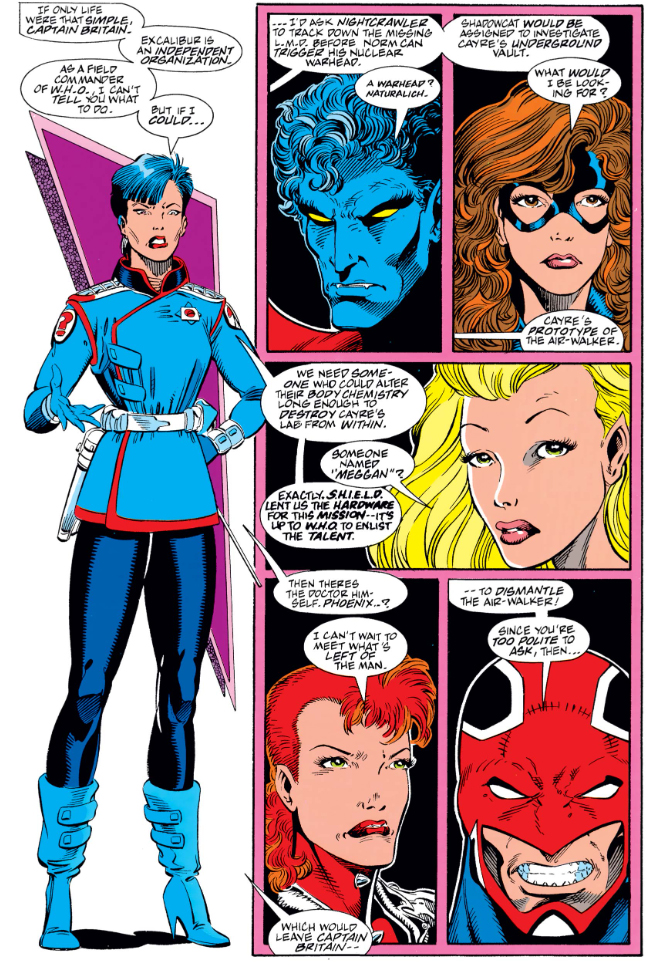
On frameworks of reading:
“I view comics as a multimodal transactional framework. Words interact with images, colour, and gesture as well as the reader’s lived experience. Essentially: comics are networks of meaning, and everybody reads each comic differently.” -Zach
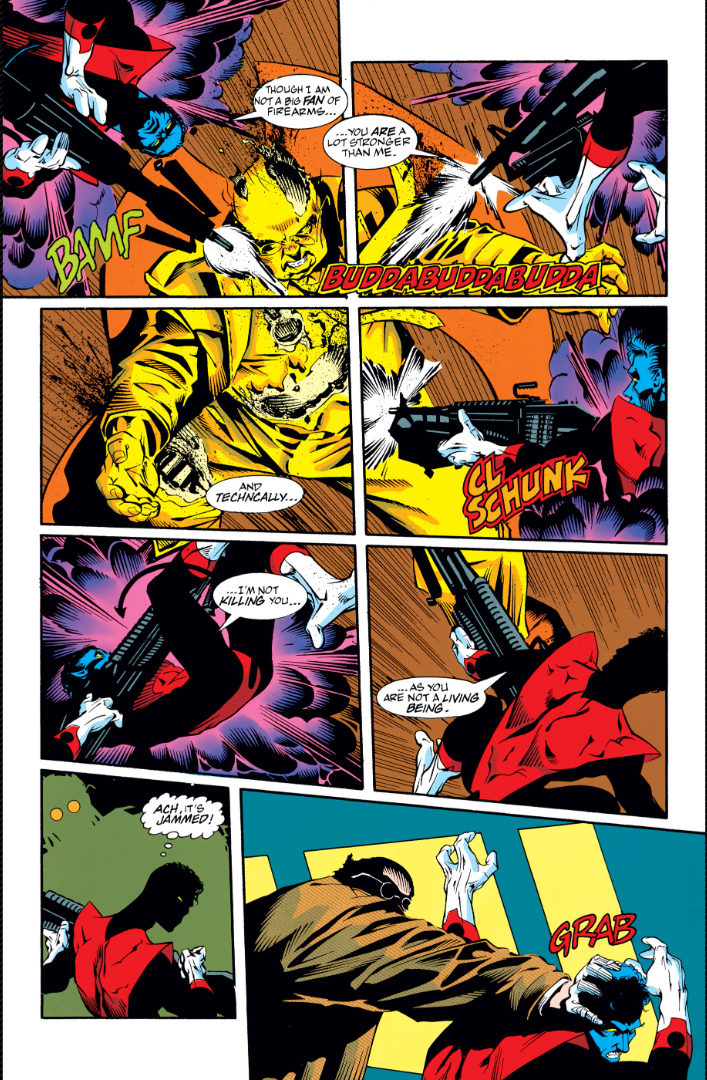
On composition:
“This is by far the best page by far in this comic. The story is being propelled not by the panels or the text, but by the spacing and temporal layout. You get a really cool sense of Kurt’s abilities here as he teleports not just around the villain, but around the page.” -Zach
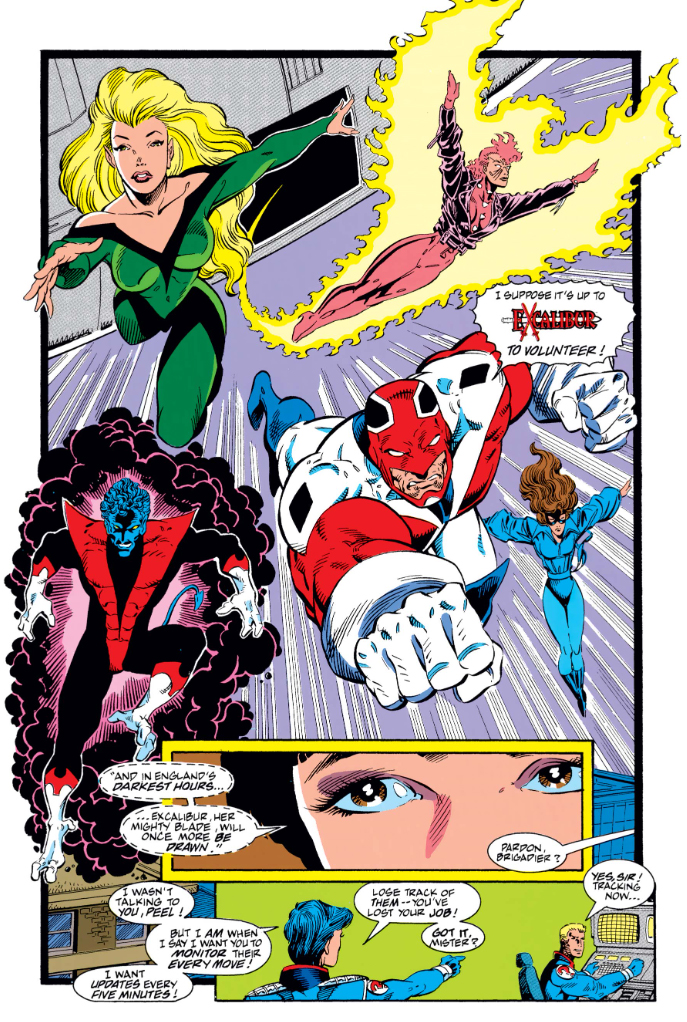
On visual storytelling:
“With any comics art we can ask: does it serve story, character, symbolism, and themes, or does it serve the images? Is it a form of narrative storytelling or is it pure illustration?” -Andrew
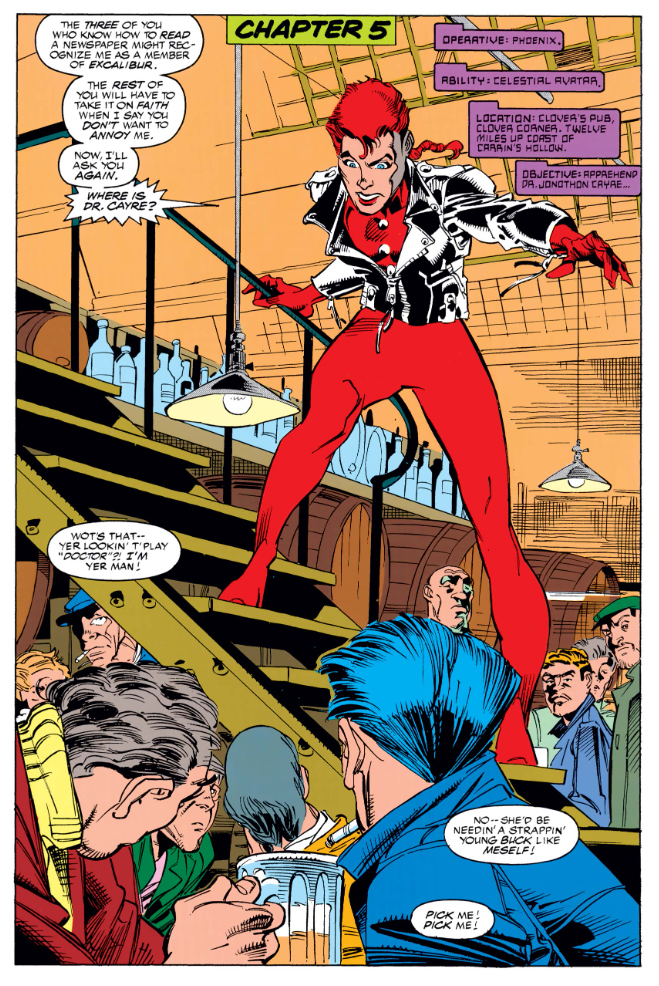
On transactional readings:
“The way Lobdell writes Rachel says so much about why I avoid identifying with women in superhero comics. Rachel is bombarded with sexist comments. And for all her power, she can’t escape that linguistic violence. How am I supposed to relate to her as a power fantasy when this is what I’m being offered?” -Anna

On cultural context:
“The 80s and 90s were a time in which cultural conceptions of the body were changing. Steroids fed into the rise of action movies and professional wrestling as a mass entertainment, which contributed to the development of new models of hyperbolic masculinity.” -Anna
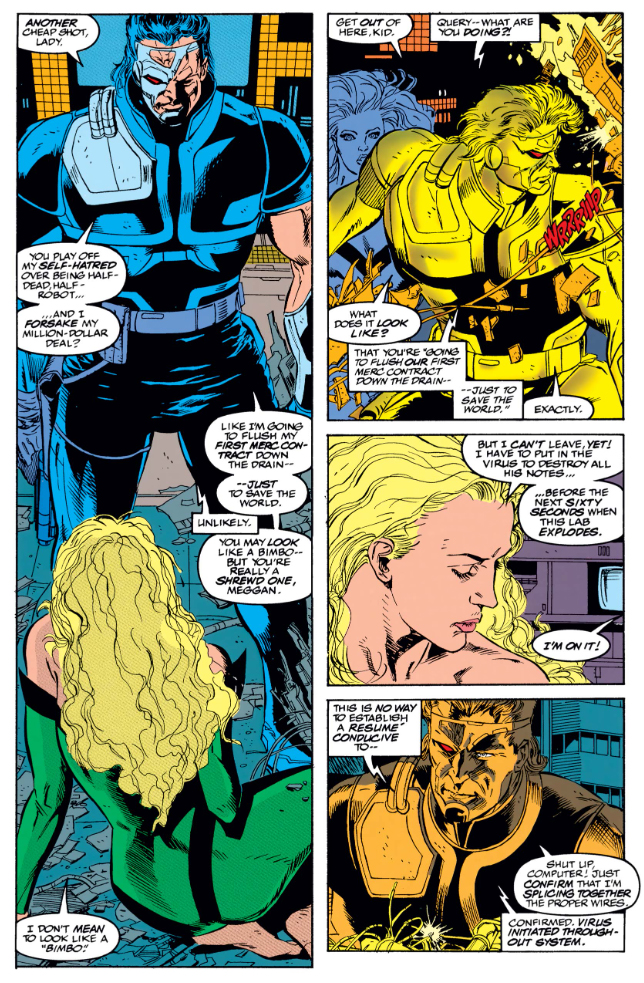
On naturalistic Meggan:
“Amid the excess of other chapters, and despite the objectification in the narrative, I enjoyed Jackson Guice’s naturalistic expressions for Meggan, which granted her a form of agency. But it also exaggerated the failed potential of this chapter.” -Andrew
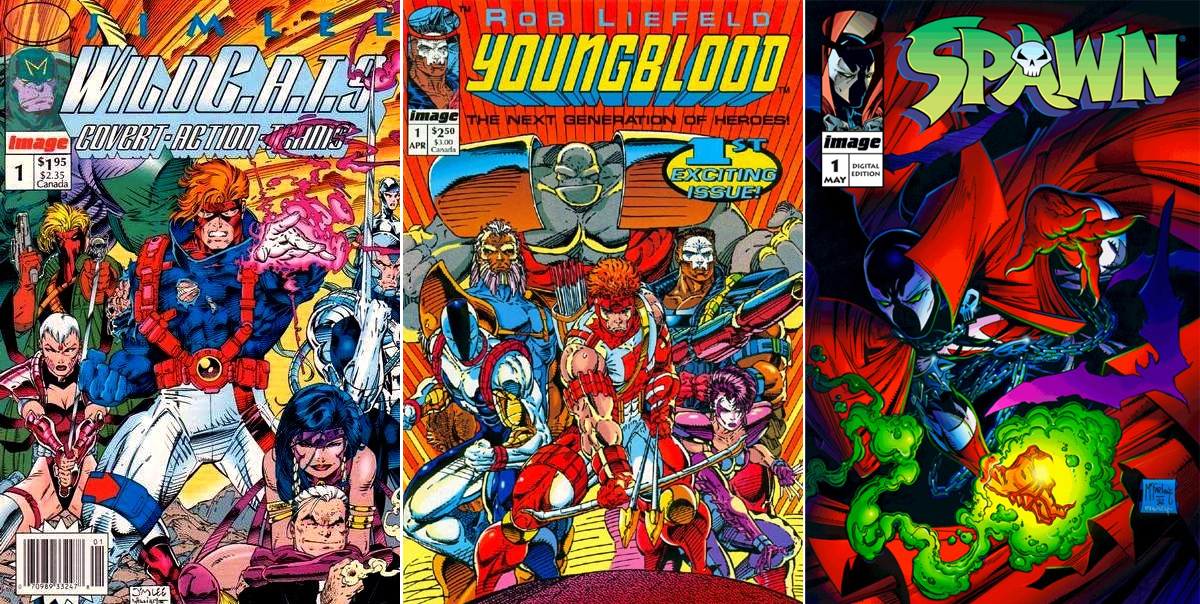
On the Image Revolution:
“What we commonly call the ‘Image Revolution’ wasn’t just about new artistic tastes. It was about new printing techniques. That enabled the thin lines and expressive shading that made the work of people like Jim Lee, Rob Liefeld, and Todd McFarlane distinctive.” -Mav

Want more Zachary Rondinelli?
You can find him on Twitter (@zjarondinelli), where you can also find the “Welcome to Slumberland” project (@LittleNemo1905)!
For another example of the Slumberland project’s transactional reading in action, you can find a roundtable on The Vault of Culture, featuring super-smart analysis of the classic “Walking Bed” strip, featuring writing by Zach and past guest (and VoC impressario) Shawn Gilmore!
You can also find Zach writing for Sequential Magazine, a quartery digital mag about Canadian comics!
And as usual:
You can find Anna on Twitter (@peppard_anna) and on her podcast with Andrew and Michael Hancock, Three Panel Contrast (@3PanelContrast).
You can find Andrew on Twitter (@ClaremontRun).
You can find Mav on Twitter (@chrismaverick) and on his podcast, VoxPopcast (@VoxPopcast).
Enjoy!
-GGW Team

